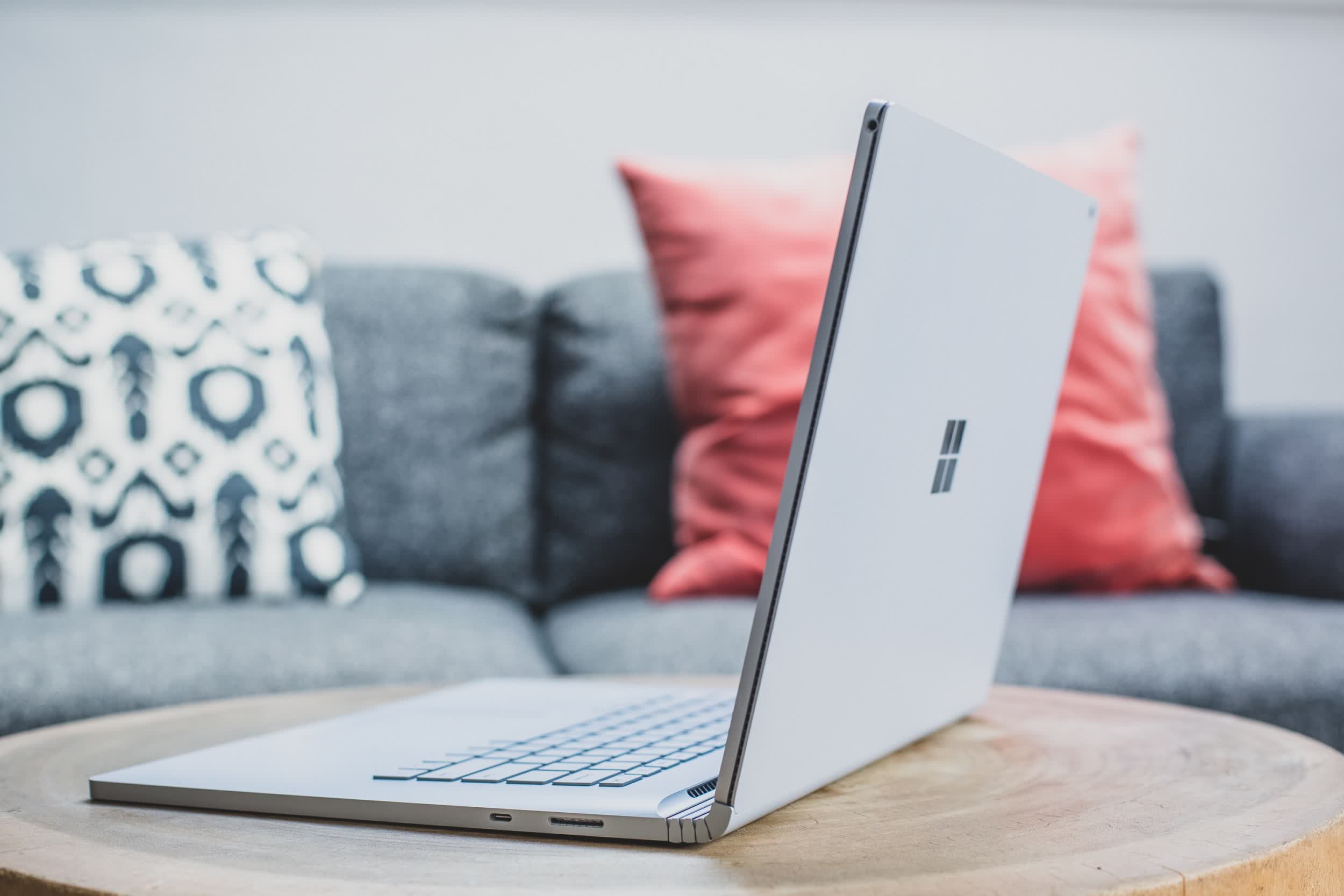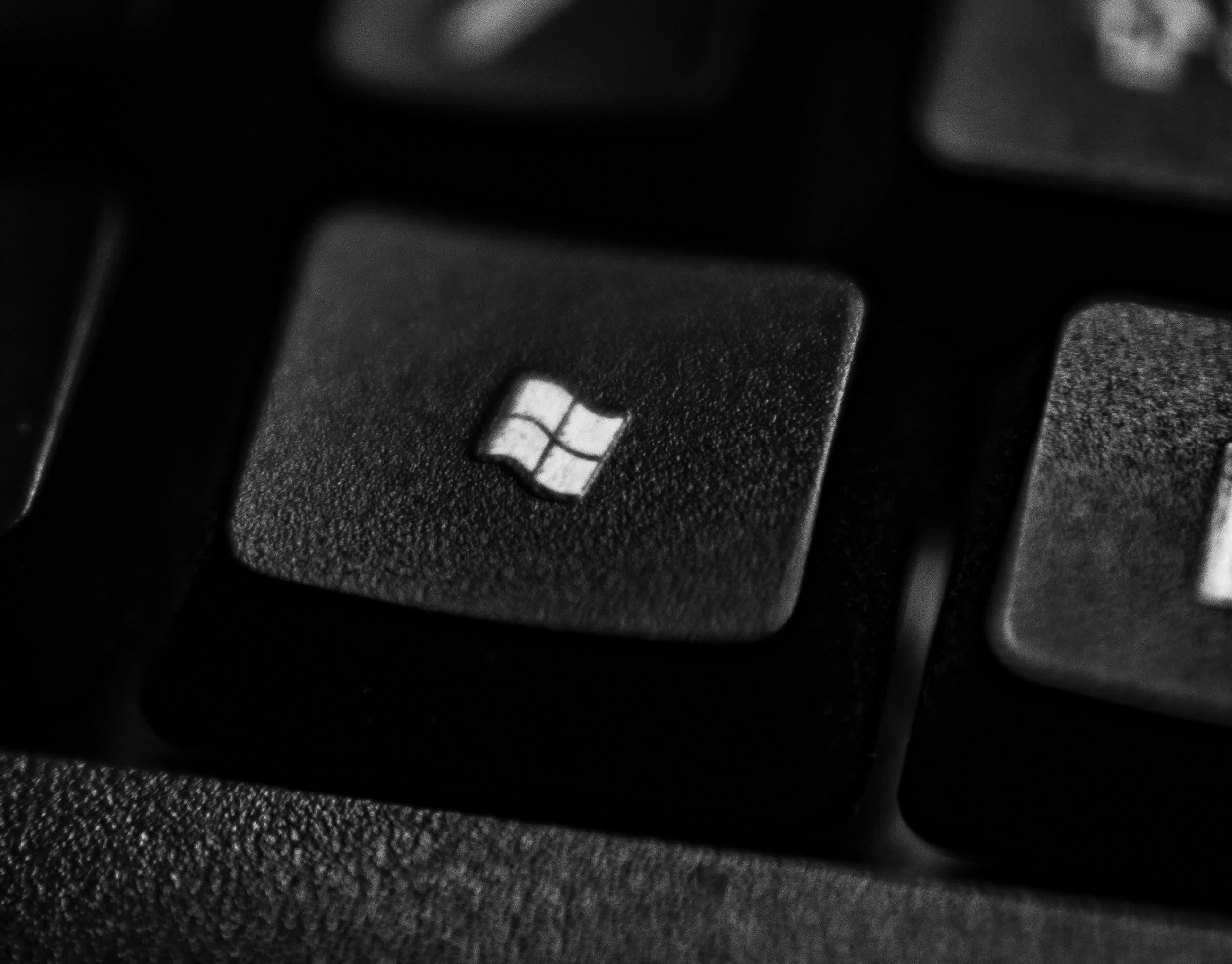In brief: Microsoft is scheduled to put another of its legacy operating systems out to pasture in the near future. Anyone still using the aging OS needs to start getting serious about transitioning to a current, in-service release.
Windows 8.1 launched in late 2013 - just one year after Microsoft unleashed Windows 8 - in an attempt to rectify some of the early issues with its flagship OS. Most found it did offer a better experience than the original but still, Microsoft wasted little time in prepping and rolling out its successor - Windows 10 - in the summer of 2015.

Microsoft ended mainstream support for Windows 8.1 on January 9, 2018, and is planning to suspend extended support on January 10, 2023. Once this happens, Microsoft will no longer provide software updates and technical assistance for the OS. There will be no extended security update program for Windows 8.1 meaning anyone running it after the cutoff date will be exposed to future security risks.
According to StatCounter, Windows 8.1's worldwide desktop market share sat at just 2.45 percent as of October 2022. For comparison, Windows 7 is still used on 9.61 percent of desktops. Windows 11 has been adopted by 15.44 percent of desktops and Windows 10 leads the way with 71.29 percent market share.

Microsoft recommends upgrading devices running Windows 8.1 to a more current, in-service version of Windows like Windows 10 or Windows 11. Windows 10 Home and Pro is still available and will be supported until October 14, 2025. That route could buy you a few more years if Windows 11 isn't an option due to technical limitations.
In the event your device doesn't meet the minimum requirements of a newer OS, Microsoft suggests replacing it with something a bit newer. In that situation (and assuming you want to stick with Windows), you'd be best served upgrading to something that supports Windows 11 so you won't have to worry with switching operating systems again for a while.
Image credit: Nothing Ahead, Pedro Santos, Bram Van Oost
